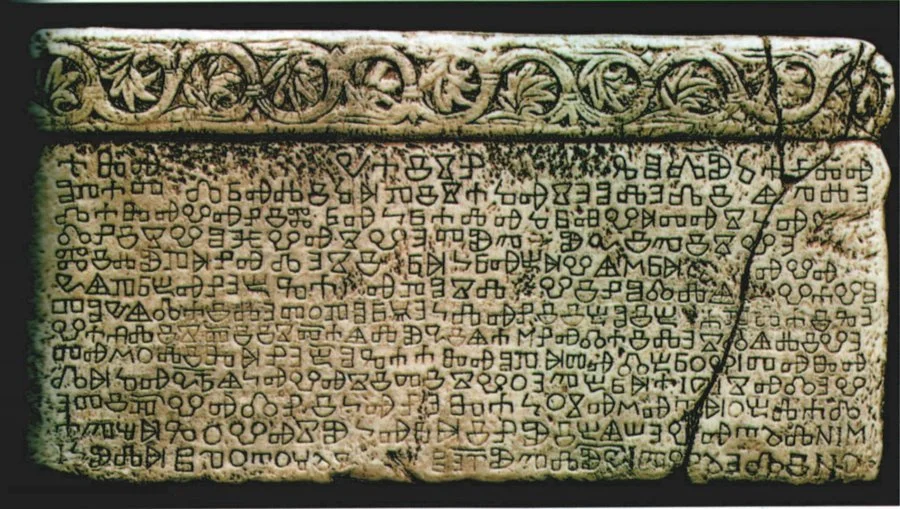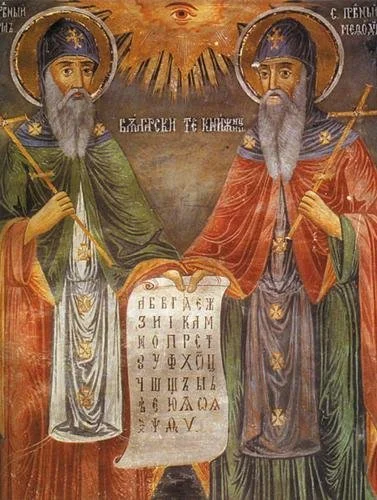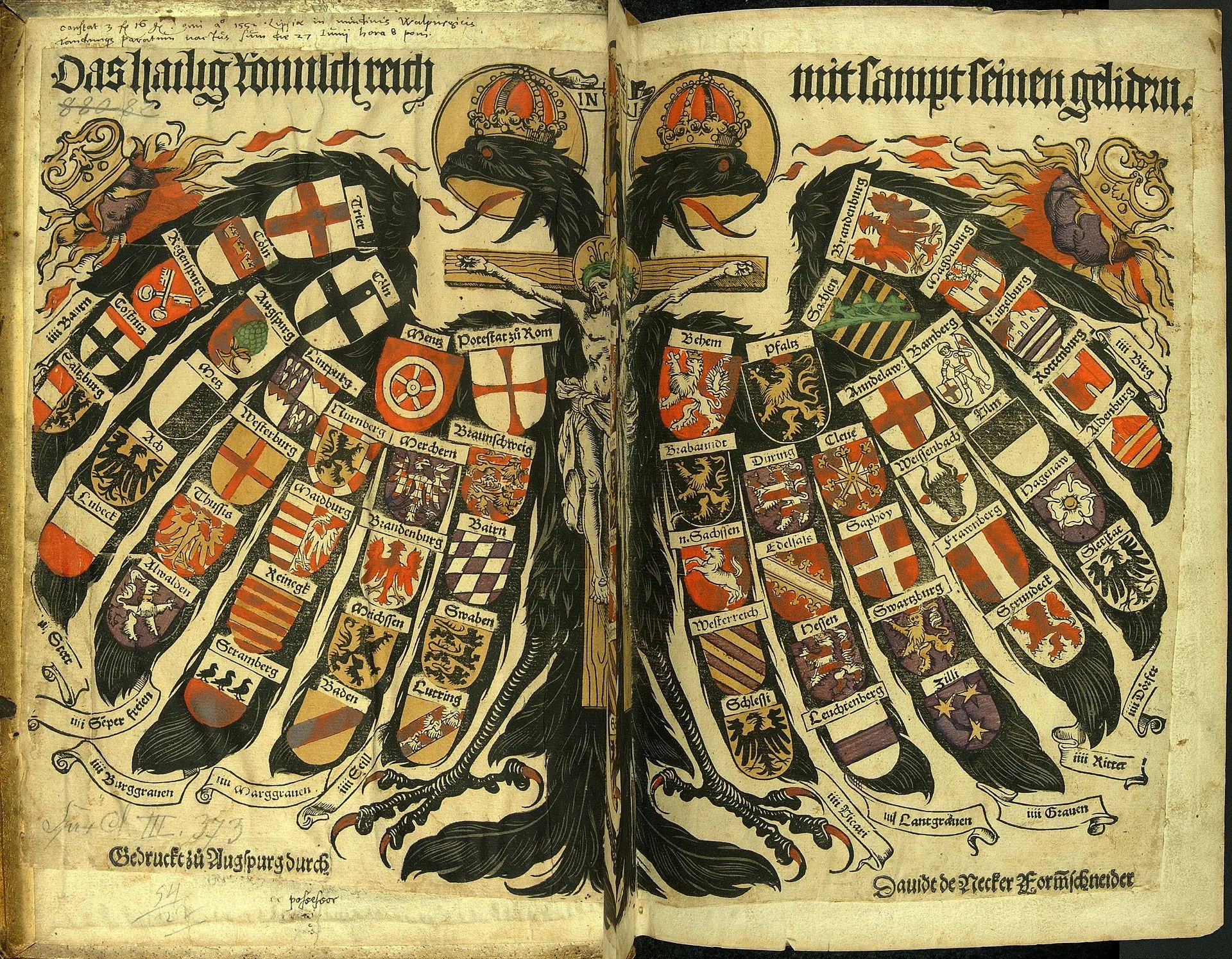
S2:E3
Right Religion:
Early Contacts Between the Rus', Eastern Rome, and the Holy Roman Empire
The Early Cyrillic Alphabet
image: the Baška Tablet, written in Glagolitic script (public domain via Wikimedia Commons)
The process of converting a population to a religion whose holy book is unrecognizable is fraught. Not only did Slavic populations not speak Hebrew, Greek, or Latin, but they didn’t recognize the alphabets used in those languages. Cyril and Methodius, who were tasked with the conversion of the Slavs, understood this challenge and developed an alphabet system that would later come to be known as Cyrillic. Its first iteration was based on the Greek alphabet, with letters borrowed from Hebrew to accommodate the sounds which were part of the Slavic language but not Greek.
image: map of the Eastern Roman Empire, early 7th c. (Getoryk via Wikimedia Commons)
Eastern Rome, Western Rome, Holy Rome, Oh My!
The Roman Empire’s legacy was far-reaching in both space and time. While the most powerful state in Europe was in decline and losing territories, new states were forming themselves in its image. The eastern half of Rome’s original territory, with its capital in Constantinople, referred to itself as “Rome” and its people as “Roman” until it was taken over by the Ottomans in 1453 CE. Meanwhile, a new state in the west was forming out of the Frankish kingdom of Gaul and Italy. This new state saw itself as the custodians of Rome’s legacy and took its name, calling itself the Holy Roman Empire.
image: “Saints Cyril and Methodius Holding the Cyrillic Alphabet,” Z. Zogrof, 1848 (public domain via Wikimedia Commons)
image: the Holy Roman Empire (https://www.britannica.com/place/Holy-Roman-Empire#/media/1/269851/250242 )
image: coat of arms of the Holy Roman Empire, modeled after the Byzantine double eagle crest, Jost de Negker, 1510 (public domain via Wikimedia Commons)




